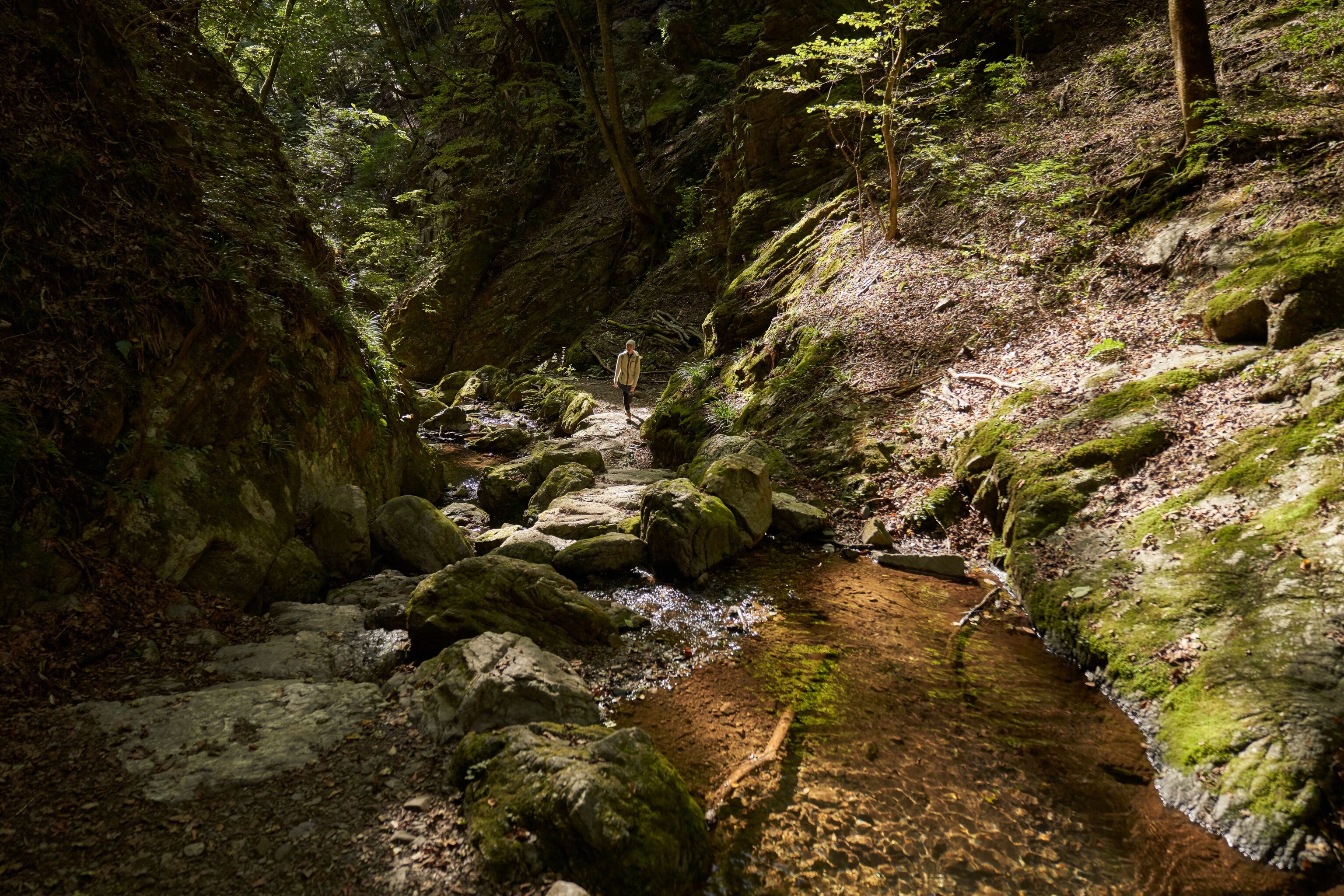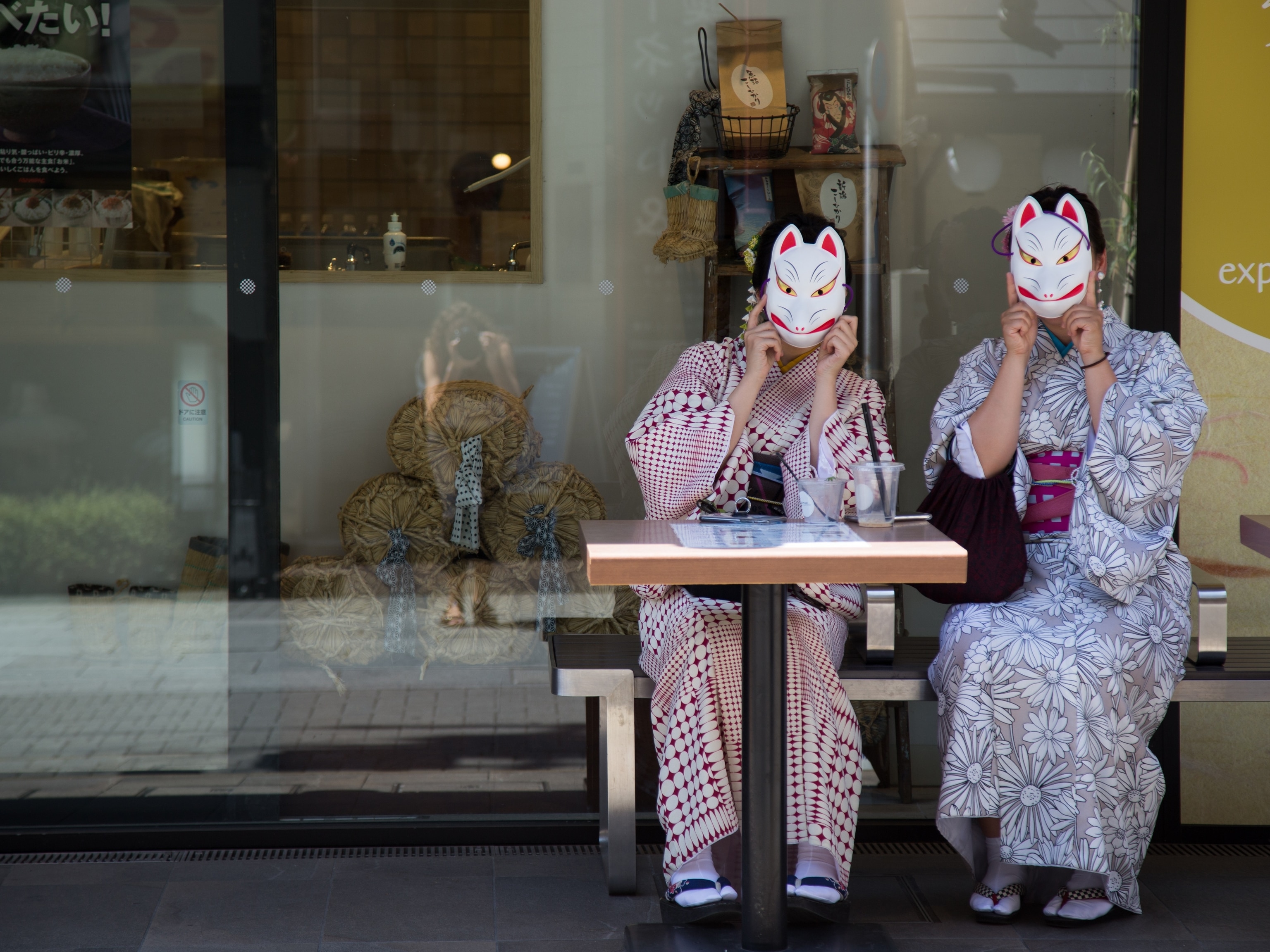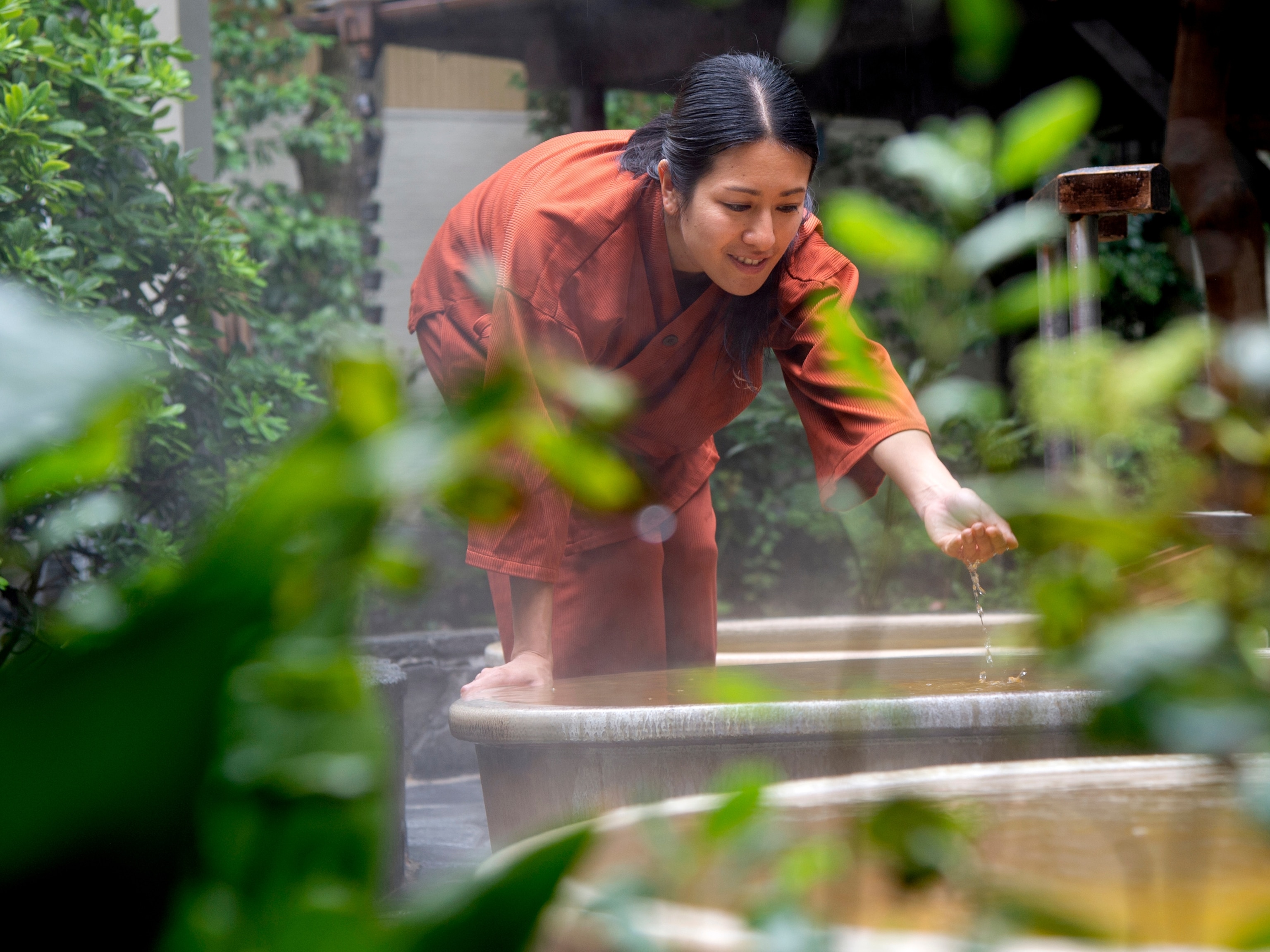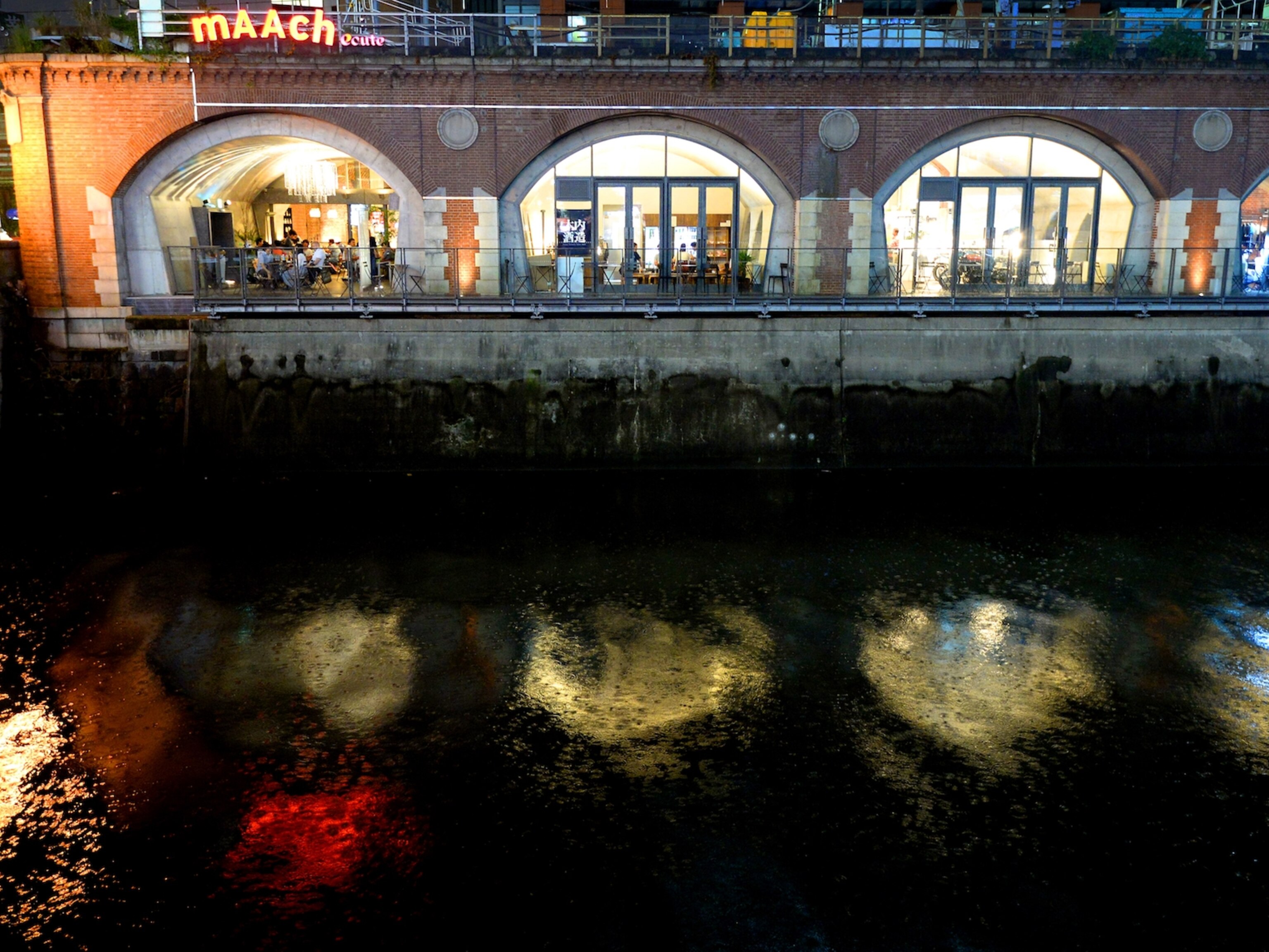A “new normal” Tokyo is emerging. In a time of recovery, the city is shifting away from the electrifying energy that once served as a beacon for travelers in a pre-pandemic past. Wellness of the mind and soul is increasingly the focus of its people and businesses. Visitors are invited to join Tokyoites as they seek to recharge themselves in a rediscovery of the city’s roots, through history and nature.
Take it slow in Tokyo’s Shitamachi
Practically untouched by development since its heyday in the fifties and sixties, the districts of mostly eastern Tokyo are peppered with retro architecture. Traditionally known as Shitamachi (Downtown), these areas are literally the downtown areas of the city’s past. Walk around and explore the neighborhoods of yesteryear and visit the historic temples and shrines. Even with everyone masked, you can still feel warmth and friendliness in the air.
The leisurely feel of Shitamachi also makes it an excellent exploration on two wheels in an increasingly bike-friendly city, as people look for different ways to enjoy “new normal” Tokyo. Says Haruka Konishi, spokesperson for tokyobike and tokyobike Rentals Yanaka, "Most people imagine Tokyo as a busy city, but this area has a much slower vibe.” Pace of life has generally wound down in the last two years across Tokyo, more so in the Shitamachi districts.
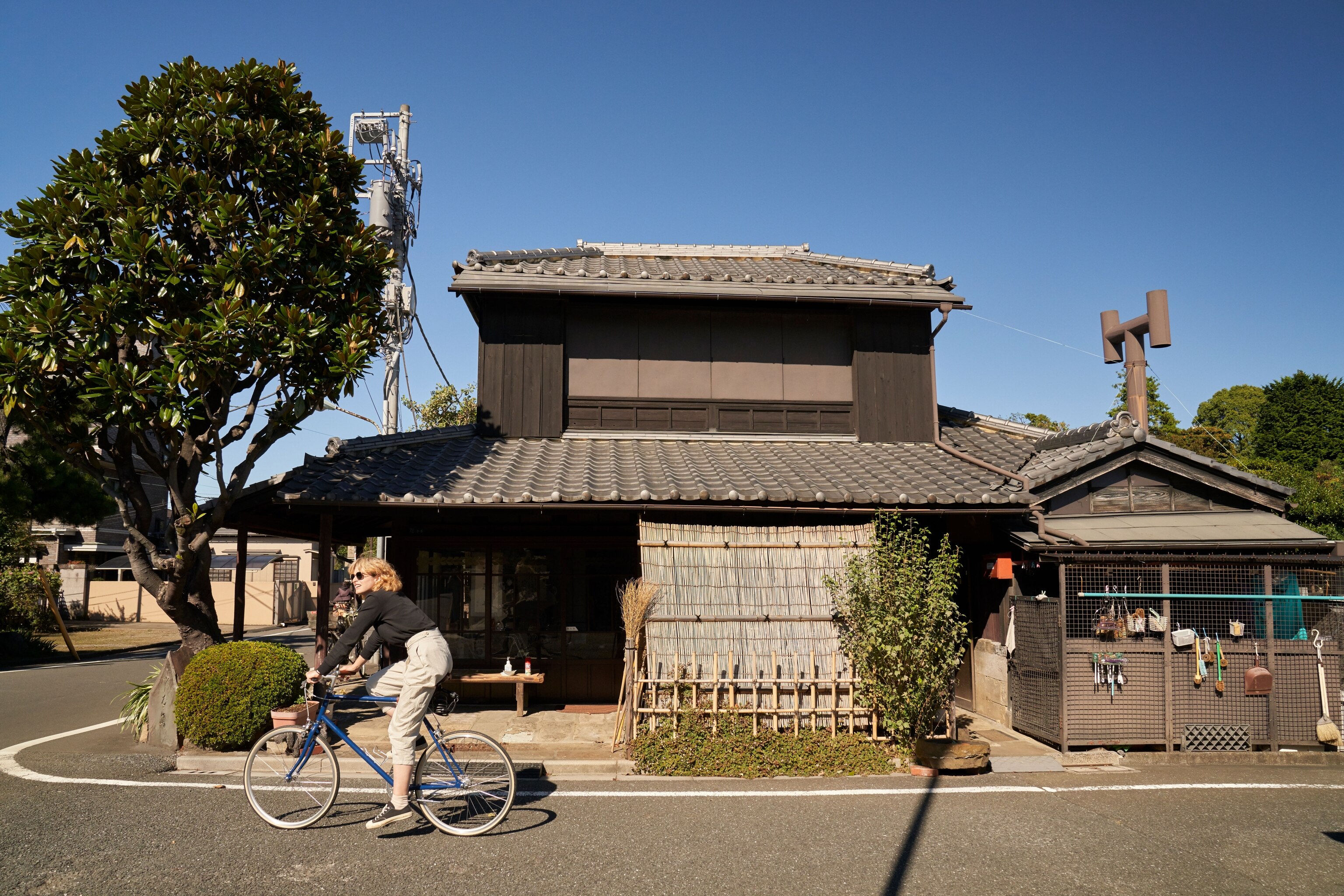
New-age calm soaked in old-world charm
Not all of Shitamachi is a piece of the past. A growing number of new businesses, including many that provide lifestyle and wellness services, are setting up shop in the traditional buildings here.
Hagiso in the Yanaka district, is a collective of businesses including a café, beauty salon, and an arts and events space. With its carefully- and thoughtfully-spaced interior, it’s hard to tell that this 1950s wooden building was once a tight share house apartment. Misaki Tsuboi, the manager, explains, “[Yanaka] is a space where old buildings and new businesses work together more harmoniously.”
Not far south from Hagiso, just a four-minute cycle away, is ueno sakuragi atari, another hybrid business cluster housing a bakery, a brewery and a gourmet food store. The three buildings that make this cluster are a little older. Dating back to 1938, they are the embodiment of the Showa era’s iconic architecture.

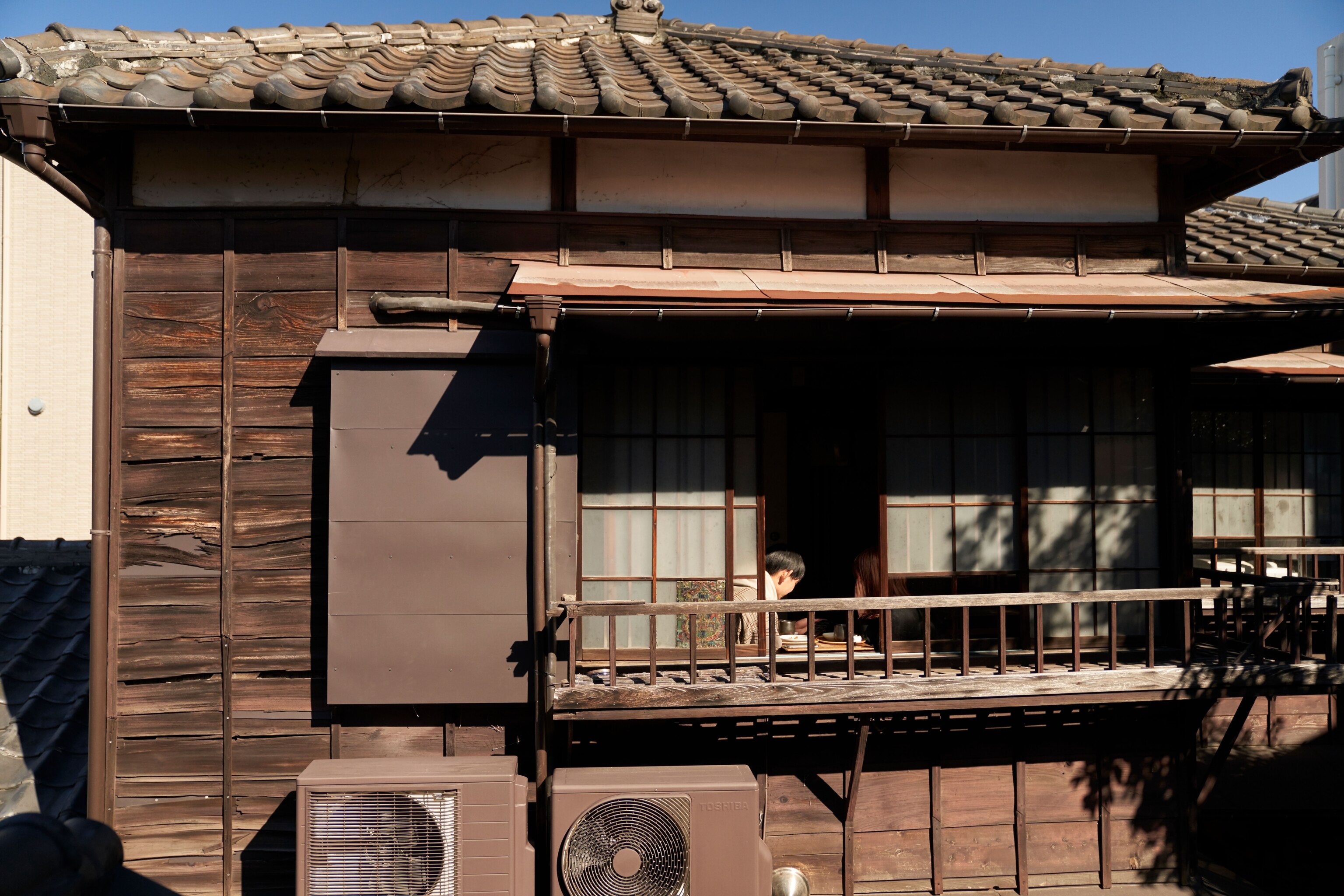
A postcard-worthy picture of calmness
A unique feature of the Shitamachi area’s landscape are its iconic Shinto shrines. A religion without scripture, Shintoism is a form of spiritual development around kami, the gods that inhabit all things. The Shinto spirit rings strong at Nezu-Jinja Shrine in Tokyo’s Bunkyō City. Built in 1705 in dedication to the kami of the winds and seas, it is one of the oldest Shinto shrines in Tokyo. Among the attractions here is a series of vermilion torii gates that form a narrow corridor leading to pavilion overlooking a koi, or carp, pond.
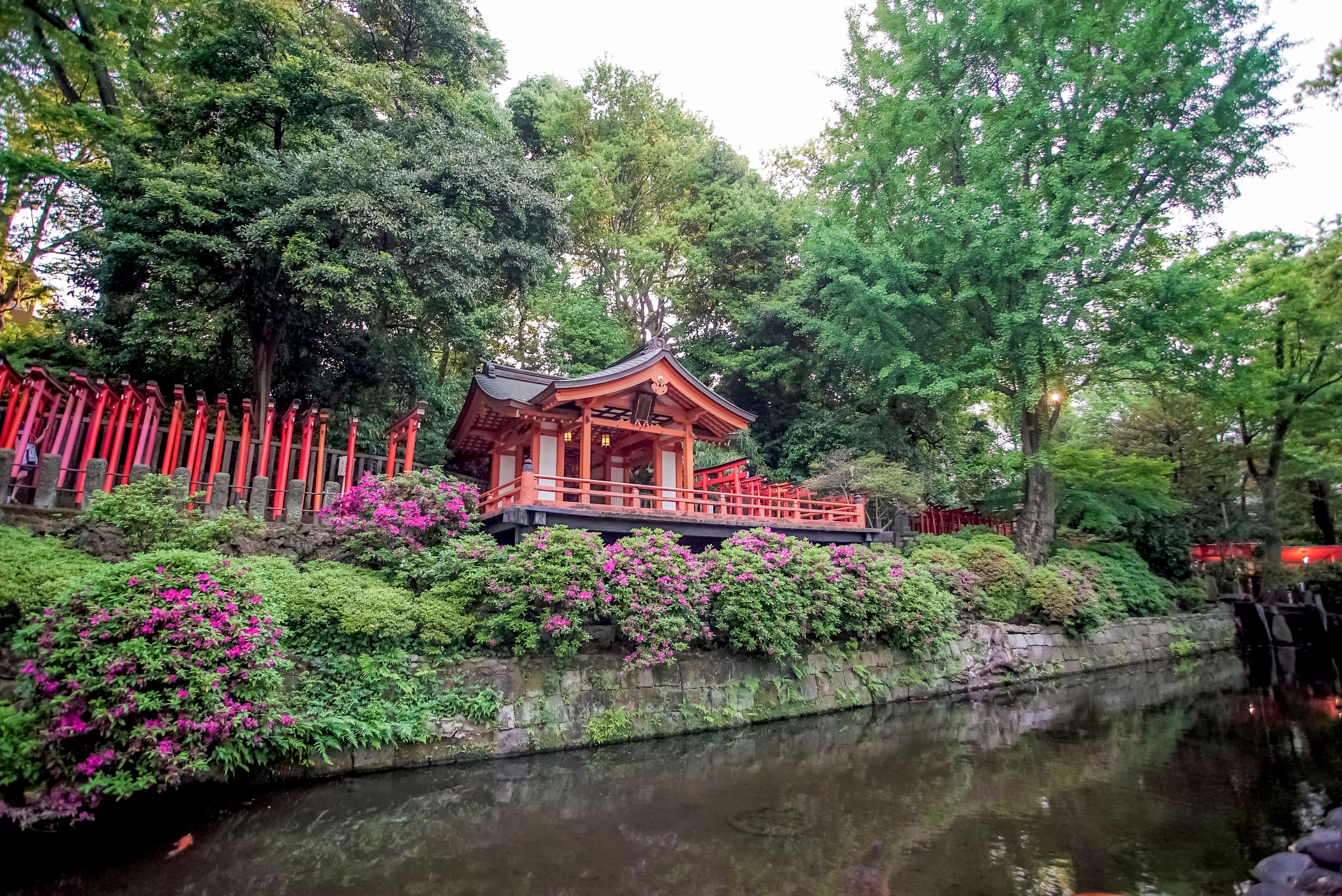
Heavily shrouded lush greenery and azalea blossoms from April to May, a summer trip to the shrine easily becomes a scene of peacefulness for visitors seeking a spot of tranquility.
In Tama: close encounters with nature
Just 30 minutes west by train from central Tokyo is the Showa Kinen Park. Part of the Tama area in the frontiers of the city, it is arguably one of Tokyo’s most beautiful, manicured parks. A 408-acre plot of open green spaces, seasonal flora and myriad recreational facilities, the sprawling park can sometimes feel like a personal slice of paradise for visitors. Japan’s distinct seasonal foliage is on full display here, making it a great destination for shinrin-yoku, or forest bathing.
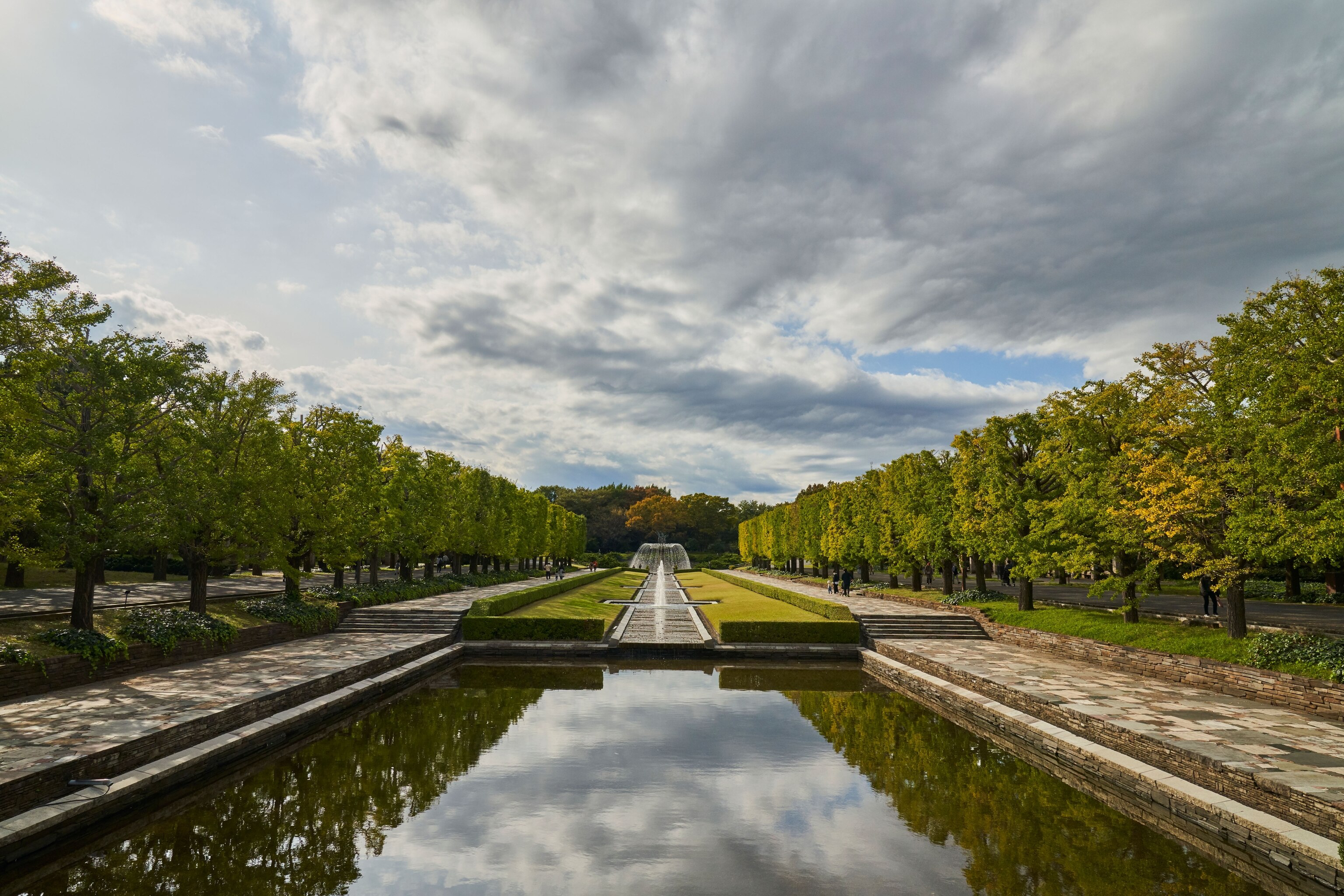
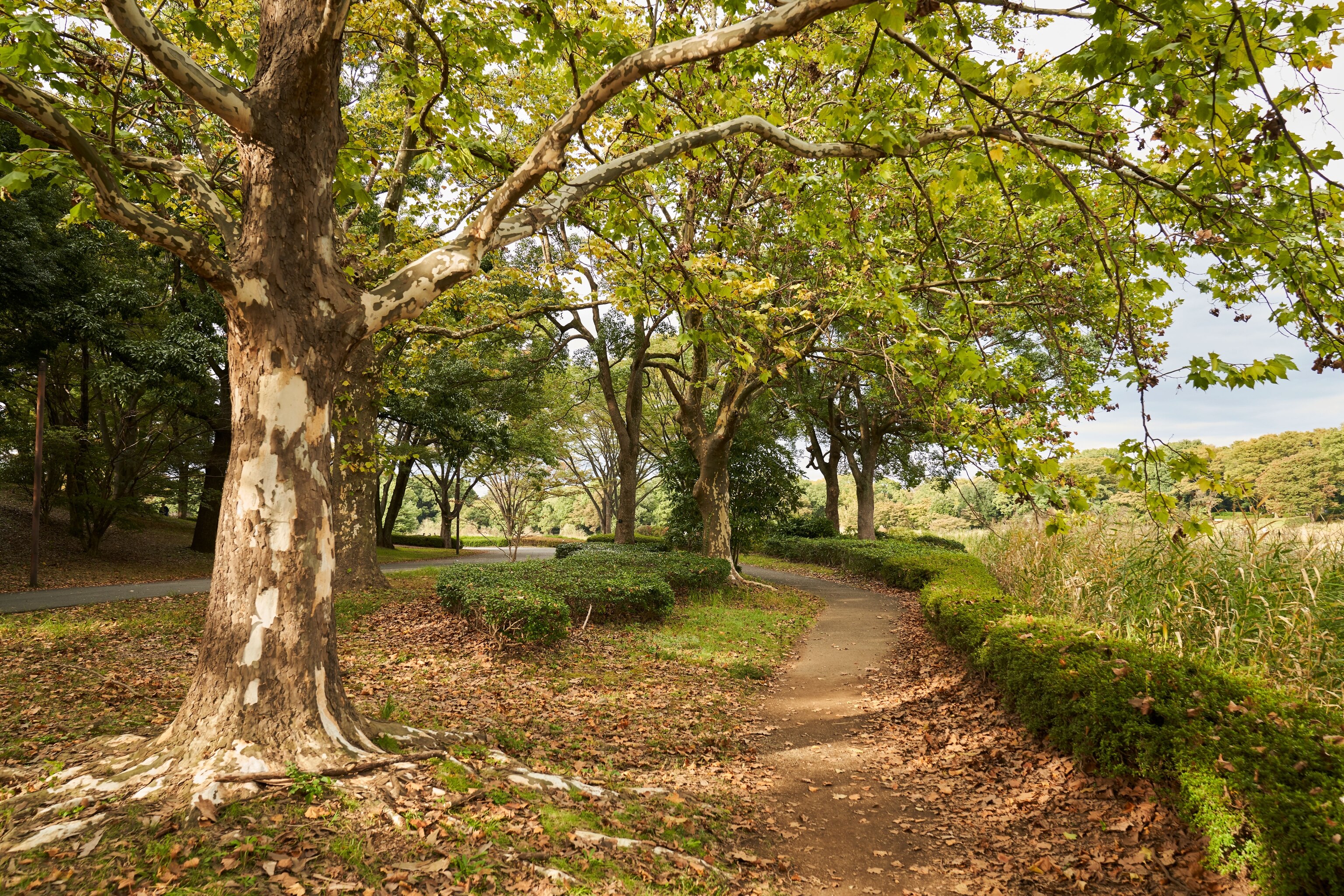
A popular wellness activity, shinrin-yoku is also commonly practiced by those headed for a private retreat to Mount Mitake, also in Tama. Many make the trip to hike the spiritual Shin-en-no-mori, or Forest of the gods, which leads directly to Musashi Mitake-jinja Shrine. A center of mountain worship for some 2,000 years, the shrine has been cared for by generations of Shinto priests and their families living in the surrounding village.
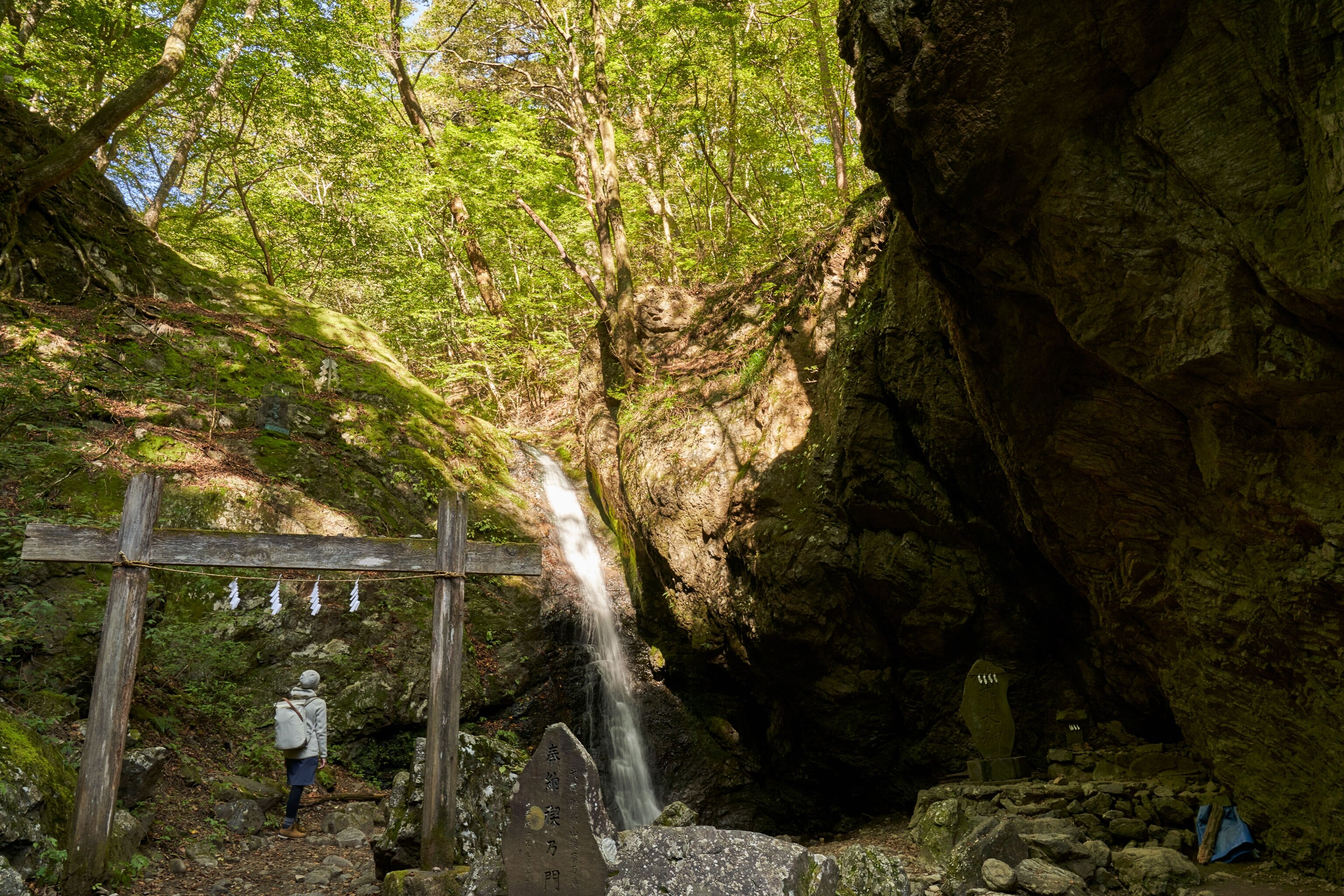
Visitors can opt to lodge overnight at a shukubo, or temple lodging. Run by Shinto priest families, some of these lodges also offer takigyo, the practice of meditating under a waterfall, as a part of the experience.
Sanctuaries that recharge the spirit
You may be surprised that off the city center in Tama, fine dining is an option. Established in a 300-year-old mountain estate is Kuro Chaya, a culinary destination that flavors its recipes with seasonal ingredients harvested from local sources.
Lodged in the midst of Akikawa Valley, Kuro Chaya also offers up amazing views of the surrounding mountain forest. Dining areas are restricted to sit-down customers, but those who purchase dessert for take-out are welcome to enjoy the views of the Akikawa river from Kaze no terasu, or the Wind Terrace.
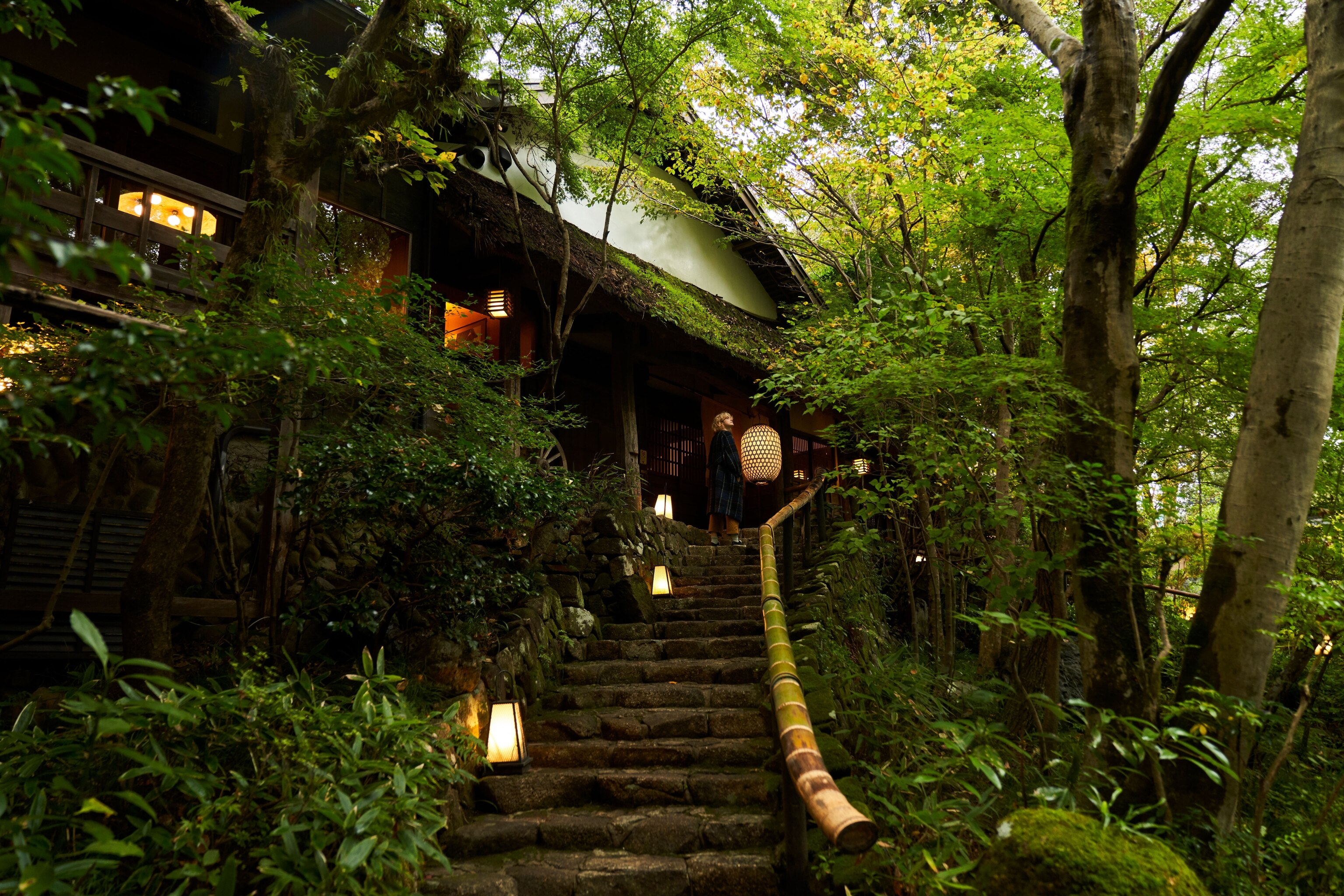
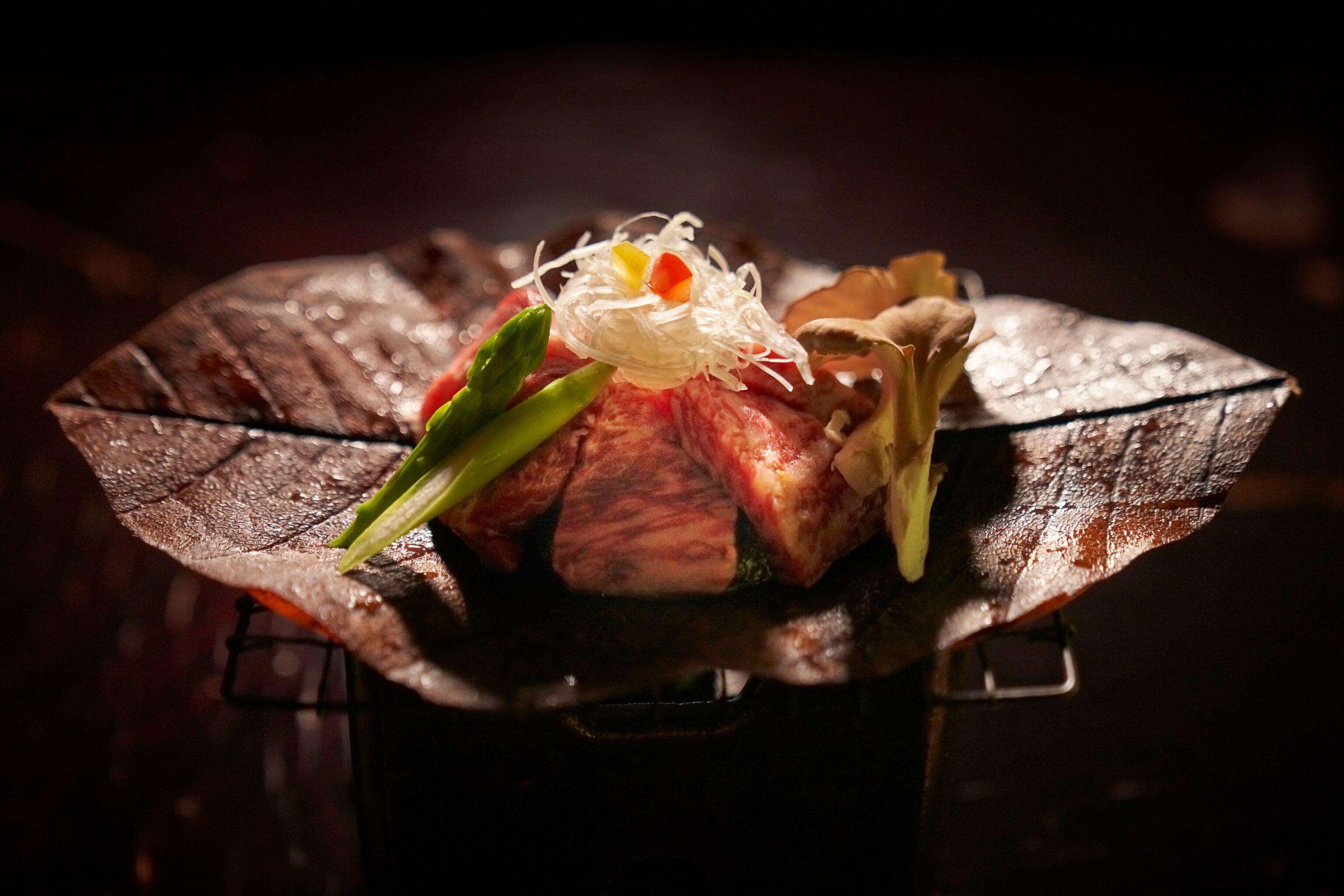
In the neighboring town of Jindaiji Motomachi, Onsen Yumori no Sato is a locally-run bathhouse known for its black water hot springs. The color comes from the humic acid in the spring water, which some locals believe has healing powers.
Unique to the area, Onsen Yumori no Sato also features a sauna that is heated by shiogama, a traditional salt hearth. Hot air emitted from the hearth is said to help clear up the breathing passages.
“The hot spring is a pure place of healing,” says facility manager Saori Ogawa. “It’s a place where people can feel free from their age, position, and stress… and spend some time simply doing nothing.”
